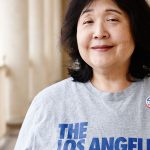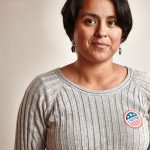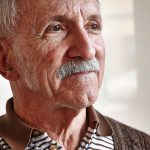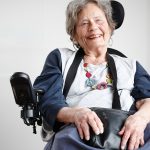RESEARCH
To ensure transparency and a voter-centered approach, voters are engaged throughout all stages of the project. Voter and other stakeholder priorities, needs, and preferences have been gathered through a series of research activities, including focus groups, surveys, community discussions, brainstorming sessions, an online crowdsourcing challenge, and interviews.
RESEARCH
To ensure transparency and a voter-centered approach, voters are engaged throughout all stages of the project. Voter and other stakeholder priorities, needs, and preferences have been gathered through a series of research activities, including focus groups, surveys, community discussions, brainstorming sessions, an online crowdsourcing challenge, and interviews.
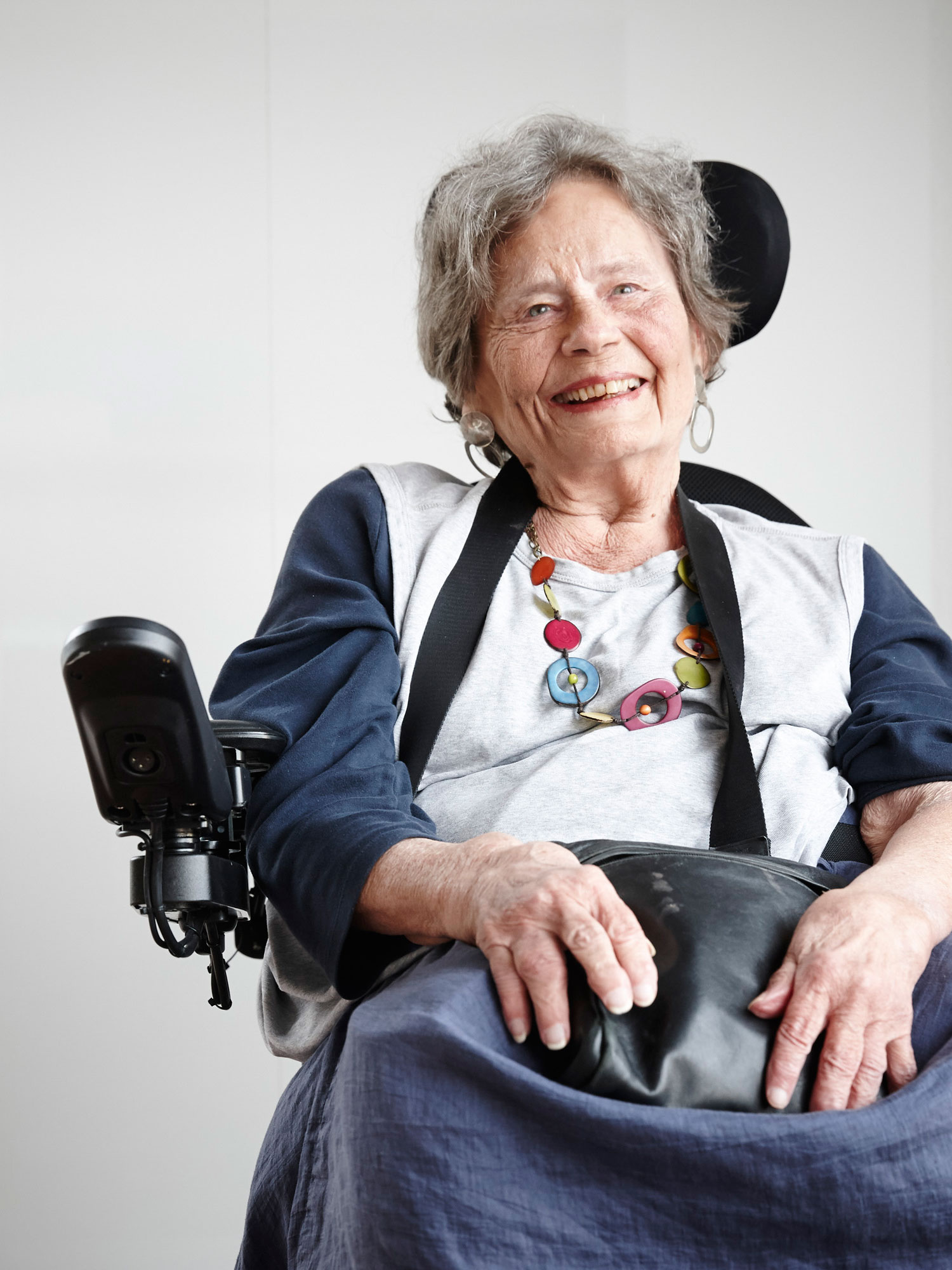
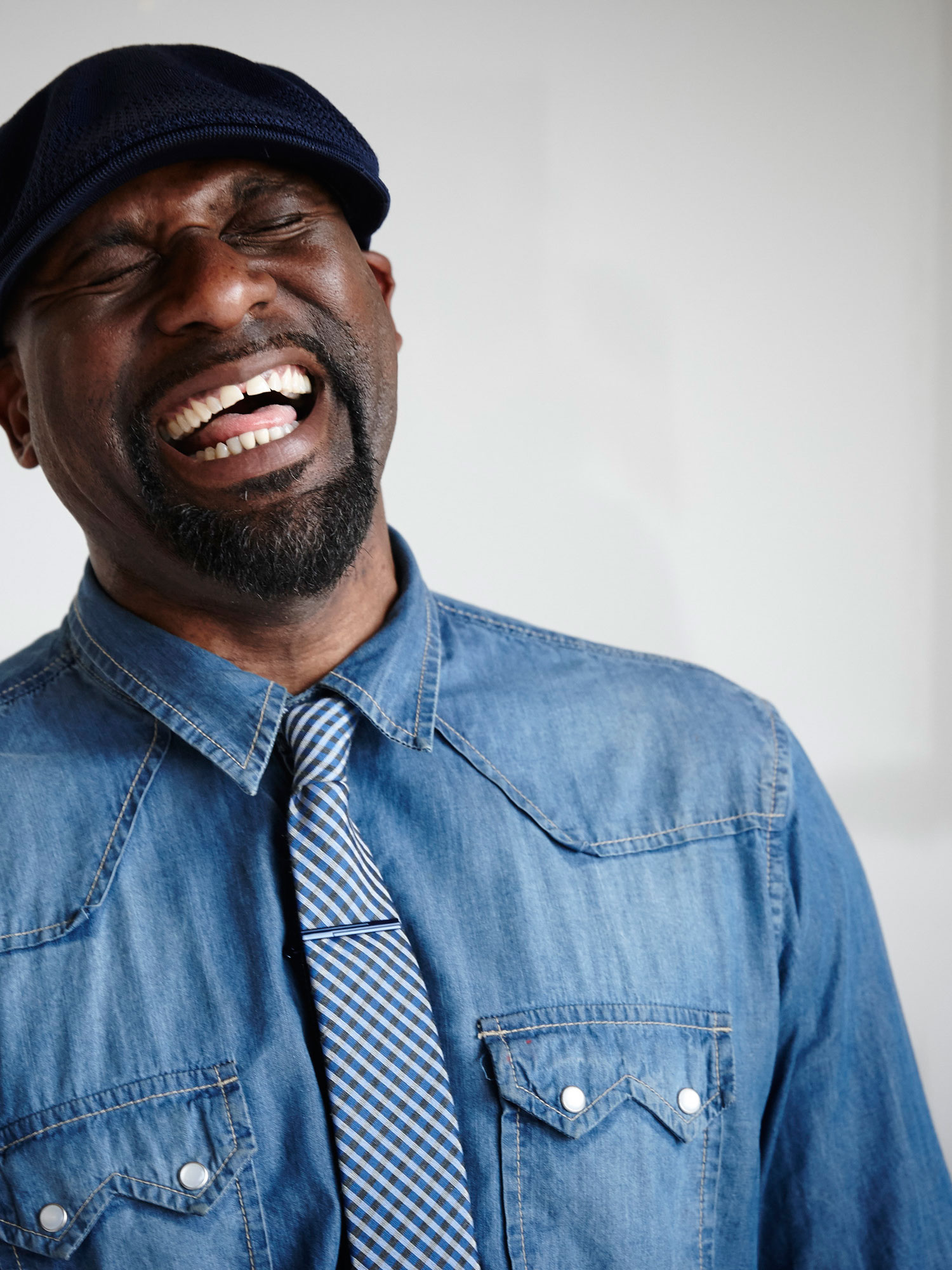
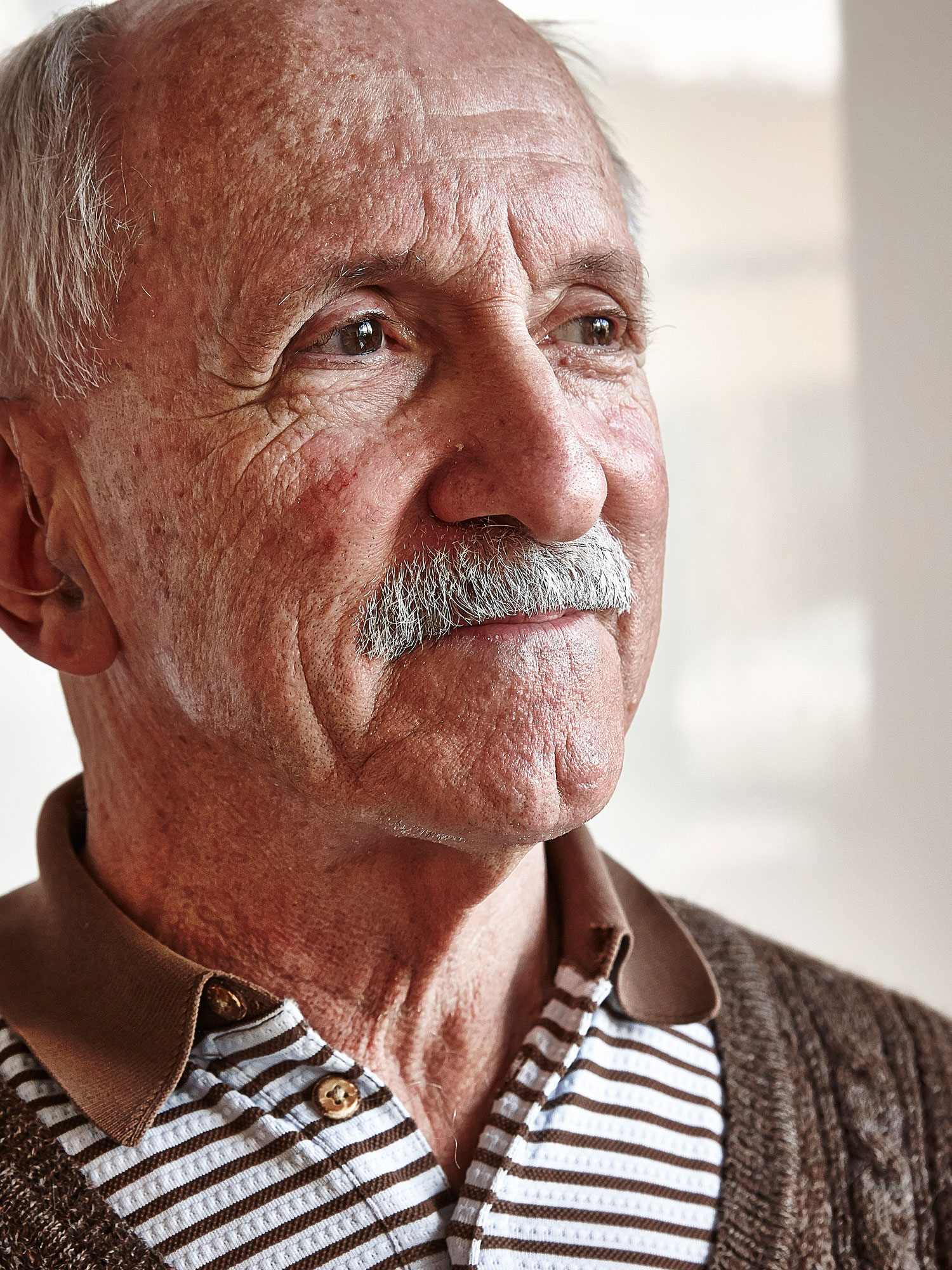
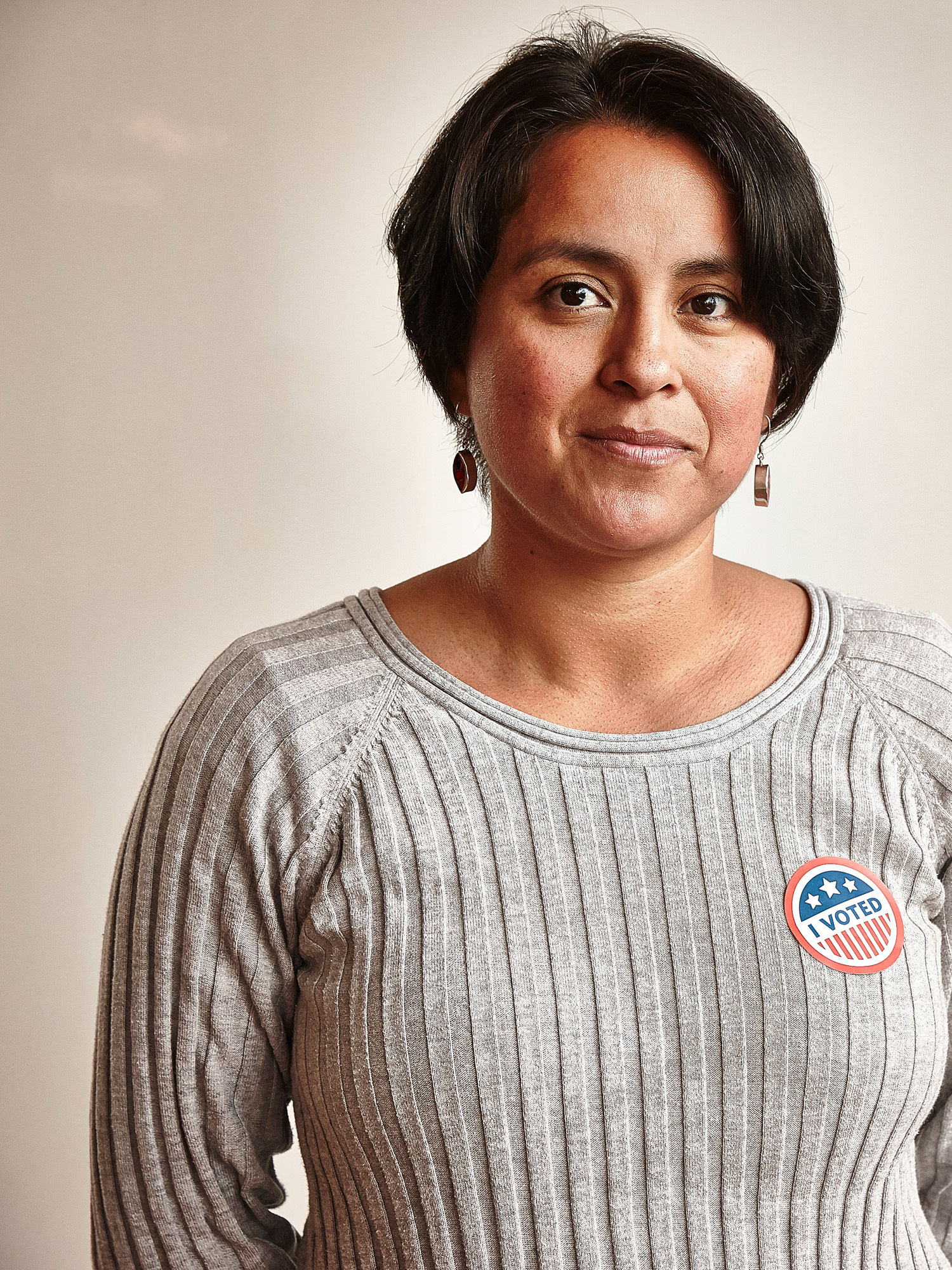
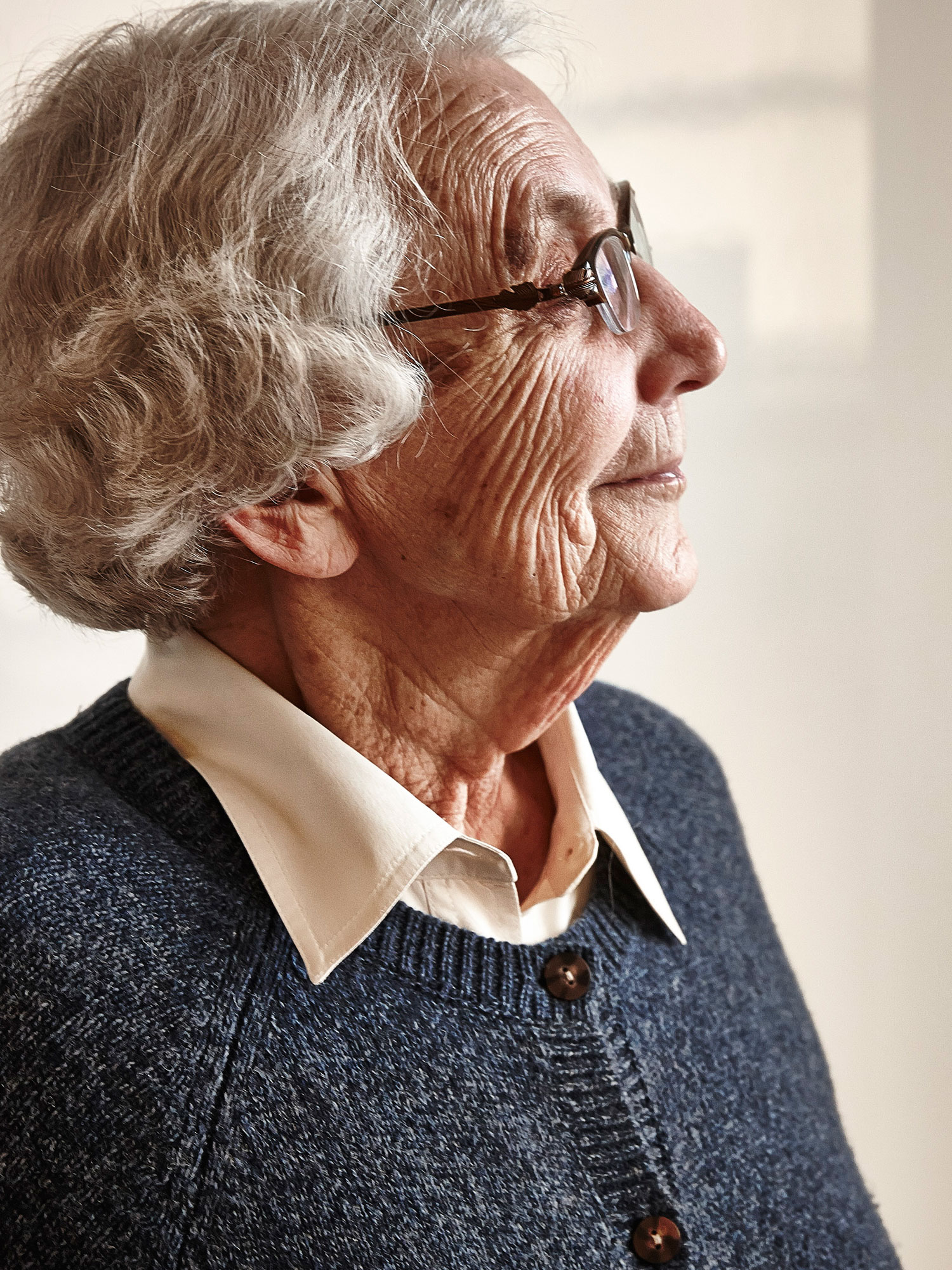
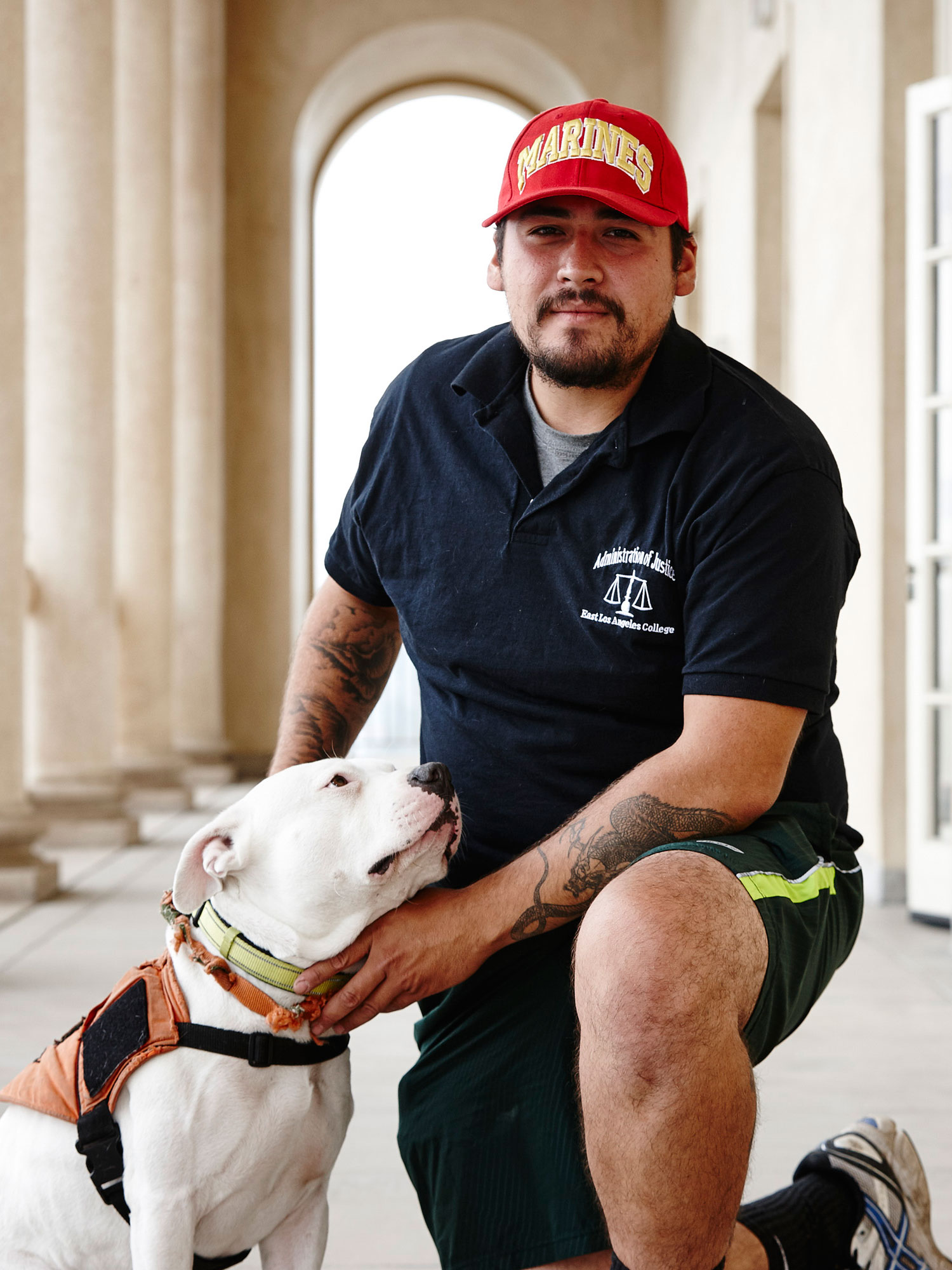
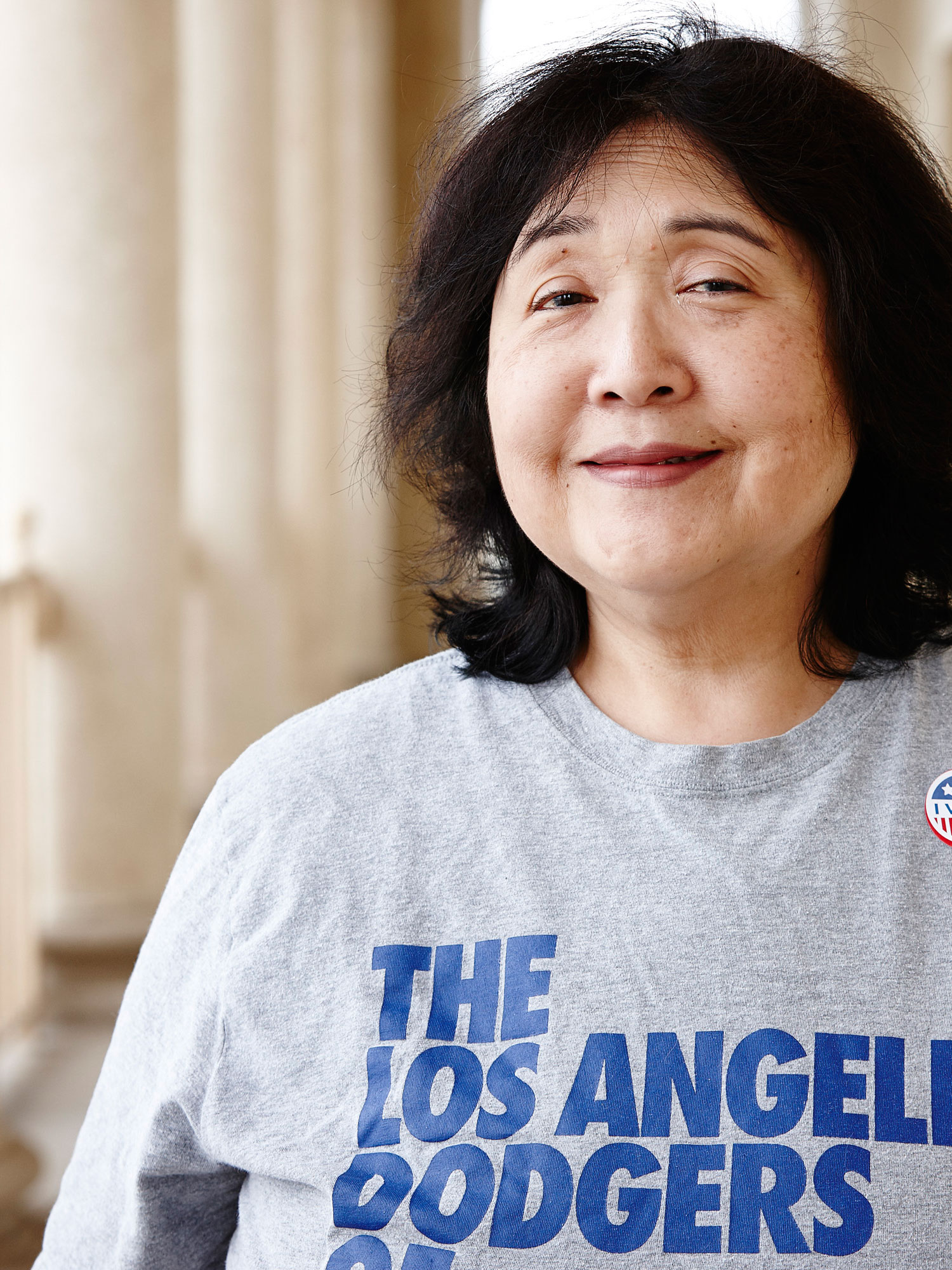
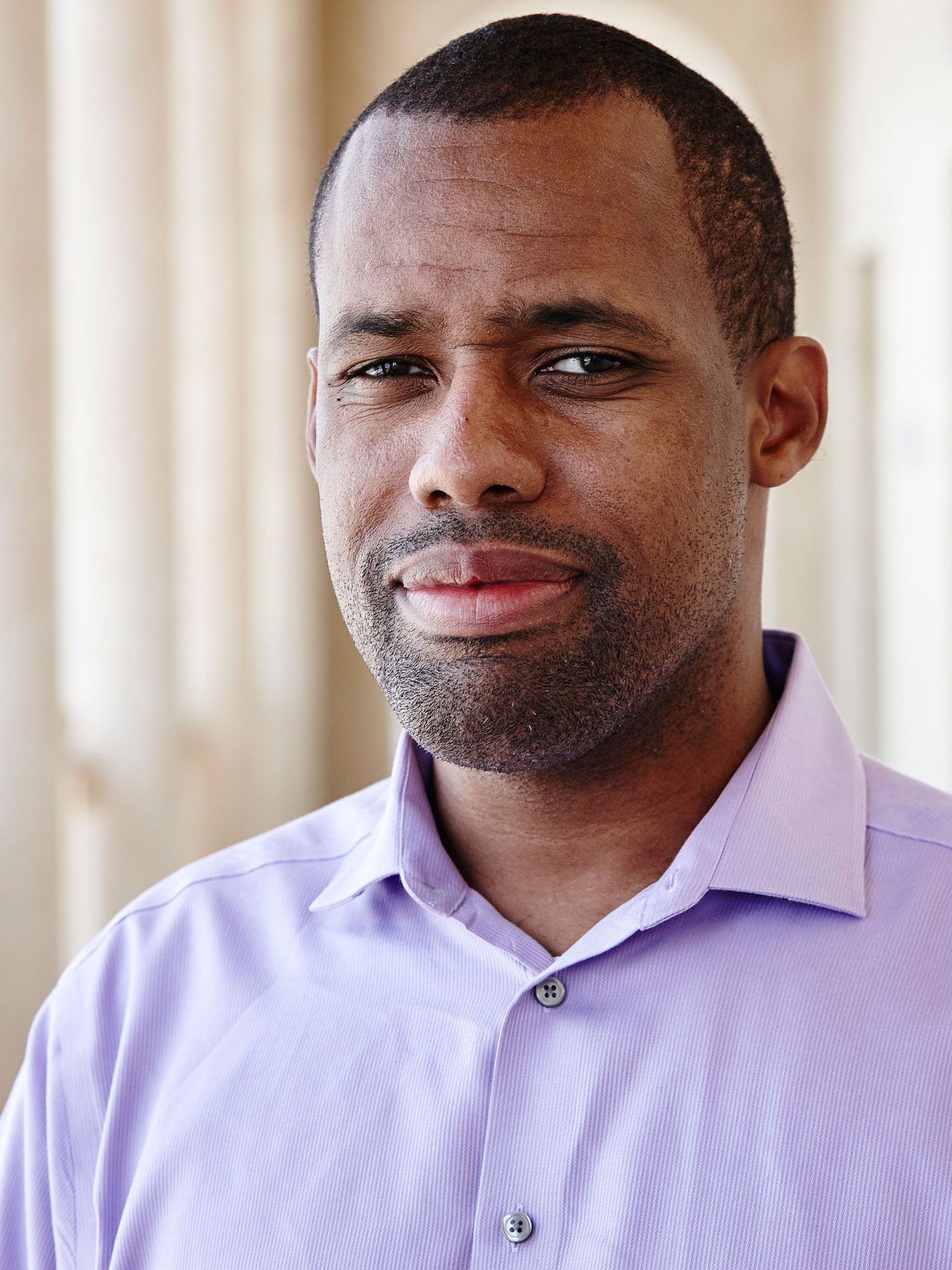
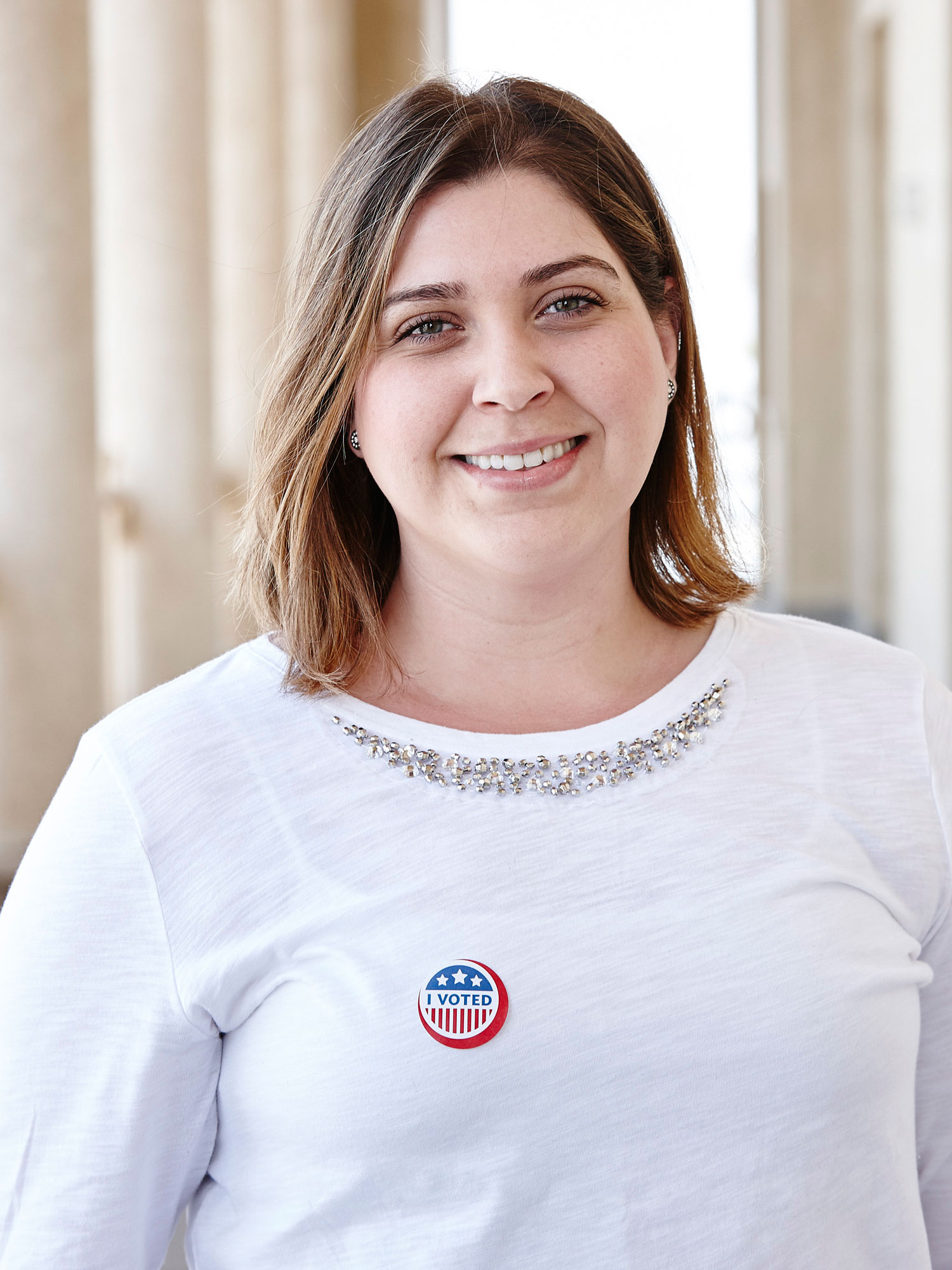
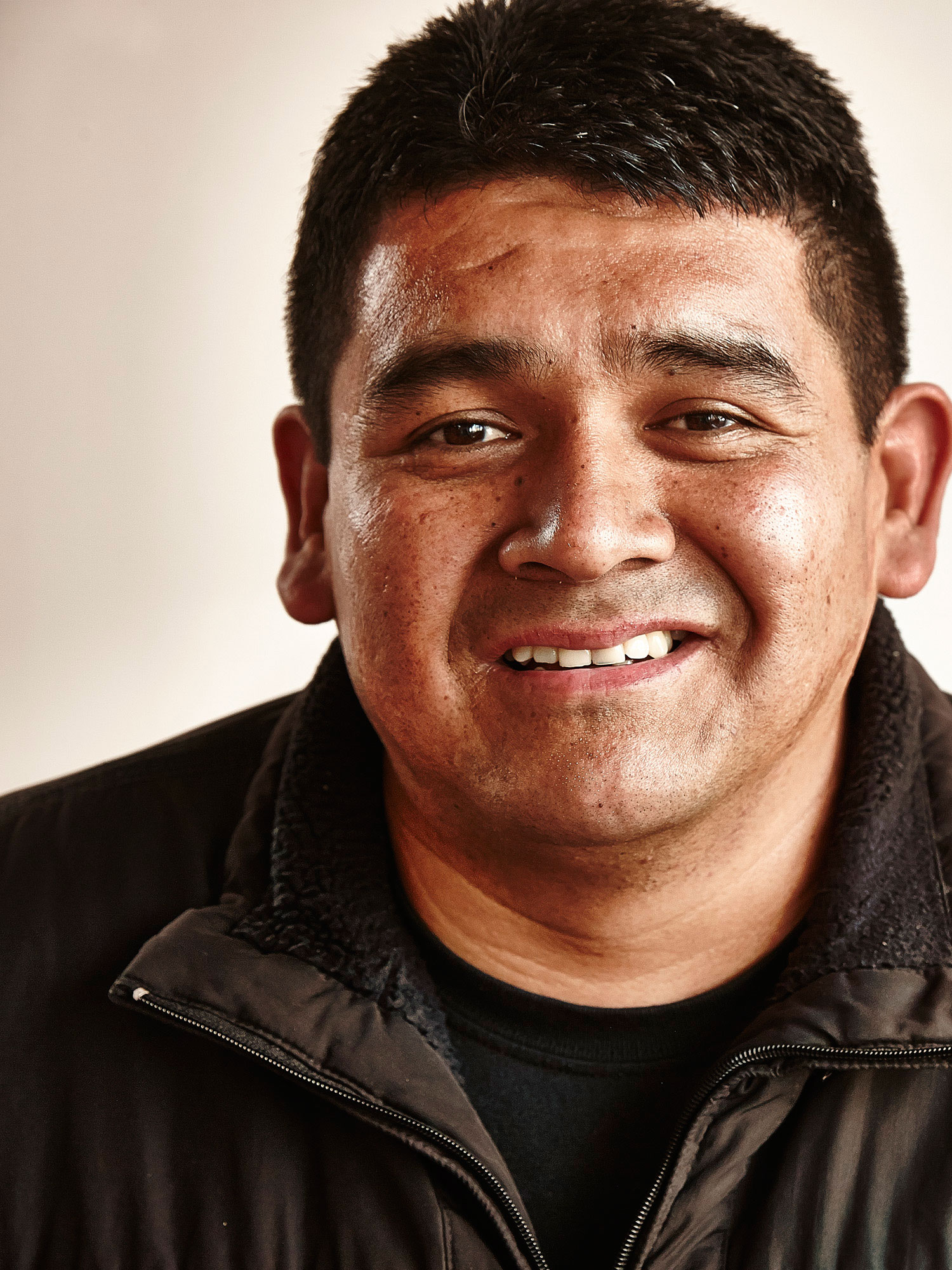
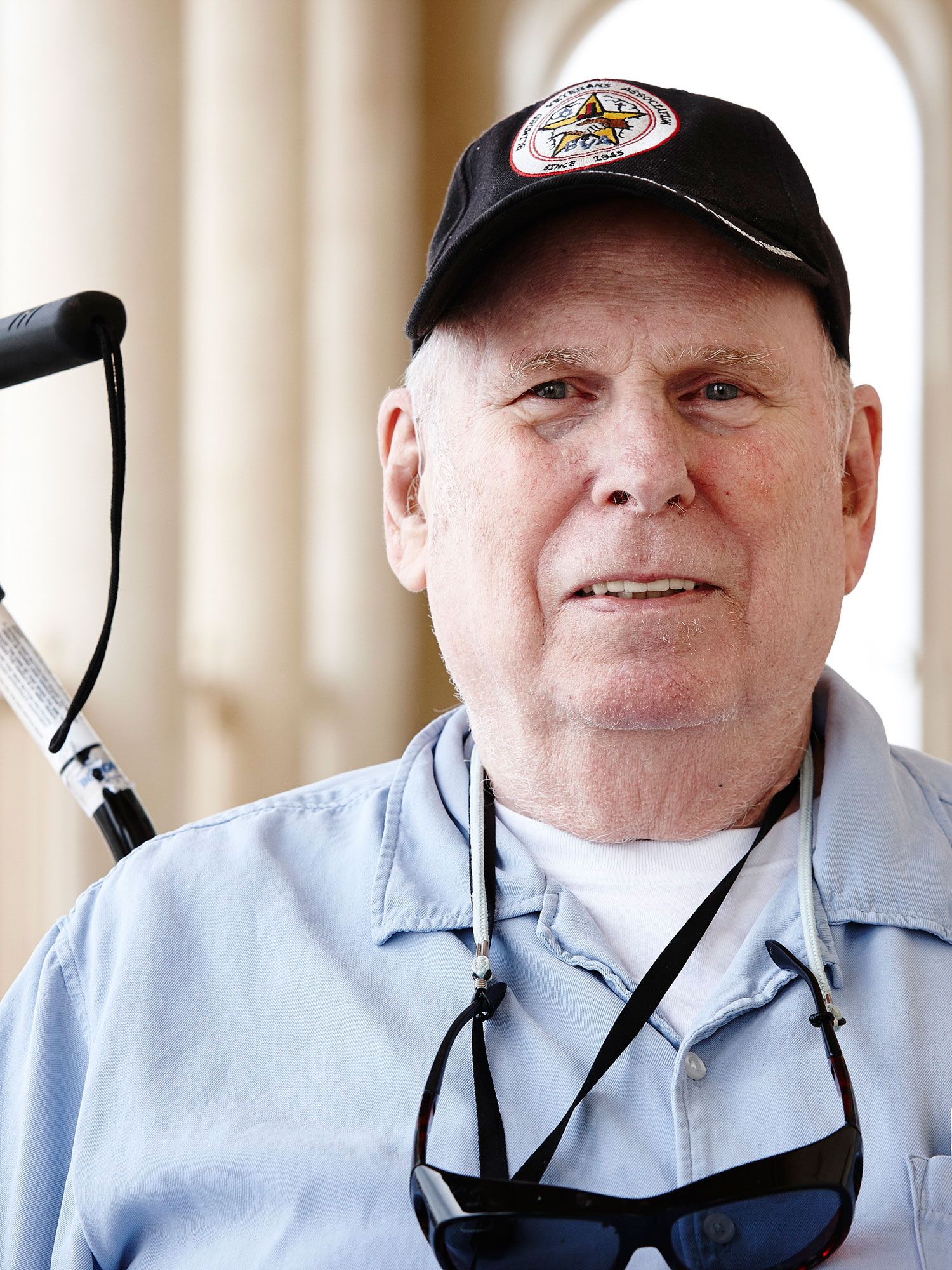
Focus Groups, Surveys, and Community Discussions
By partnering with the Voting Technology Project (VTP) and attaining the financial support of the James Irvine Foundation, input was collected through a countywide voter survey, voter focus groups, a pollworker survey, local election official focus groups, and internal discussion groups.
Open Design Search
The Open Design Search was launched to envision what a voting system may look like. This search engaged a broad range of experts, designers, and the general public. The Open Design Search was composed of two elements: 1) an online Open Innovation Challenge and 2) Brainstorming Workshops.
The Open Innovation Challenge took place in partnership with the Information Technology and Innovation Foundation (ITIF) Accessible Voting Technology Initiative. It was funded by a competitive grant from the U.S. Elections Assistance Commission.
Brainstorming workshops were also conducted in partnership with ITIF and the Election Verification Network.
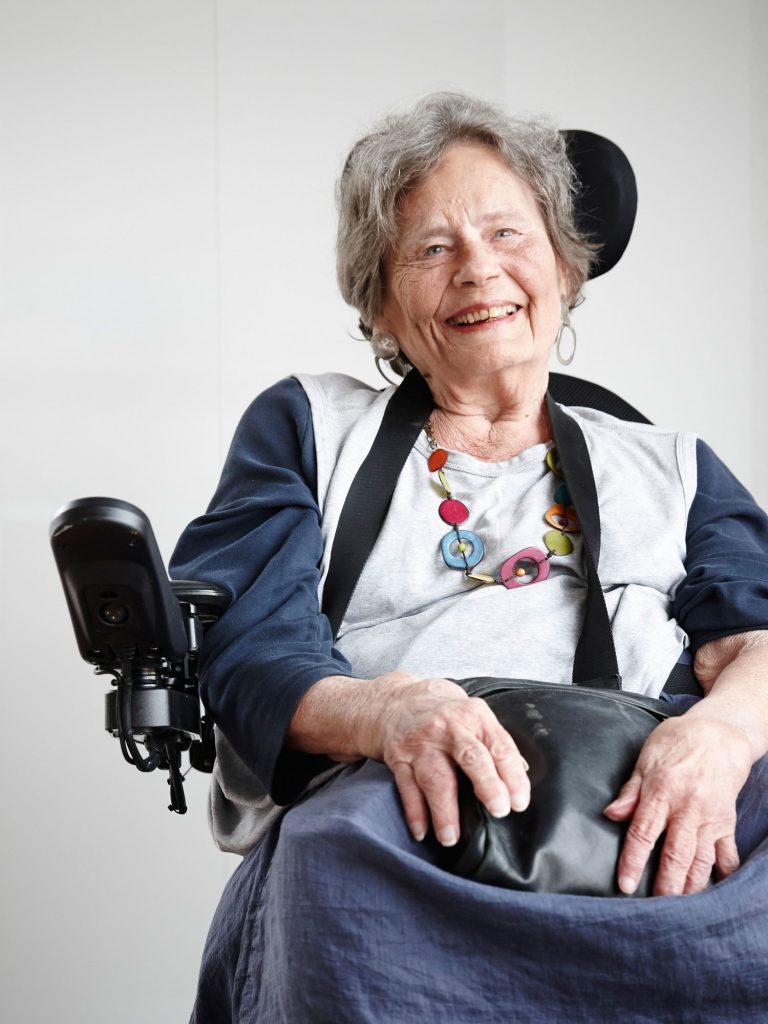
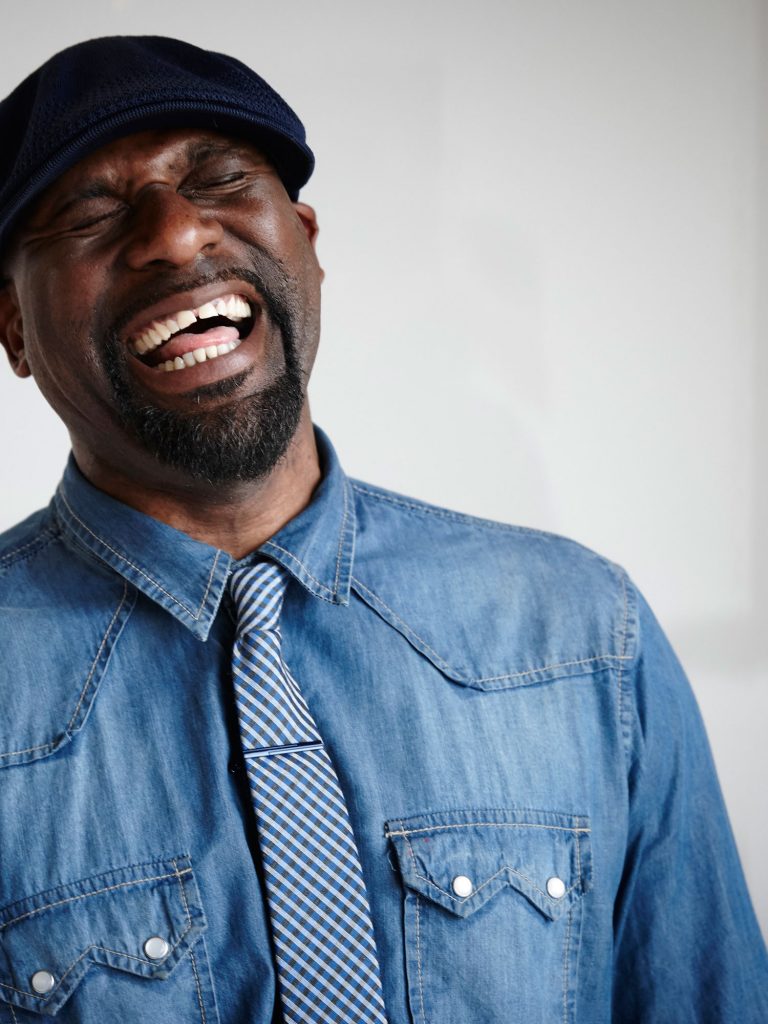
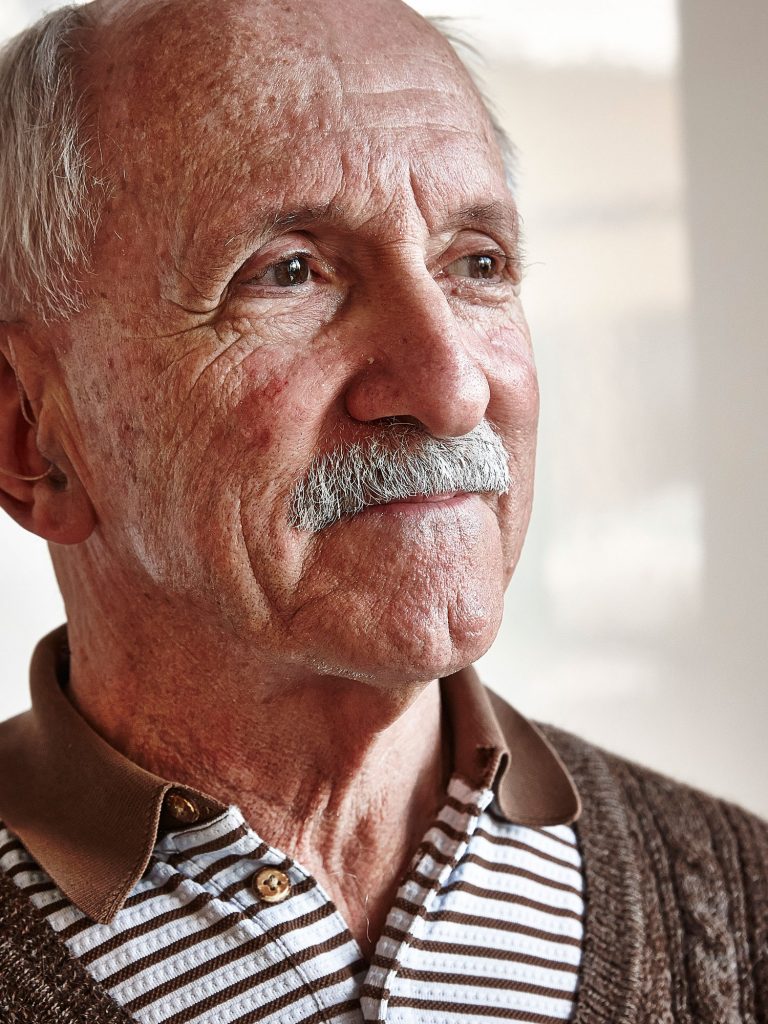
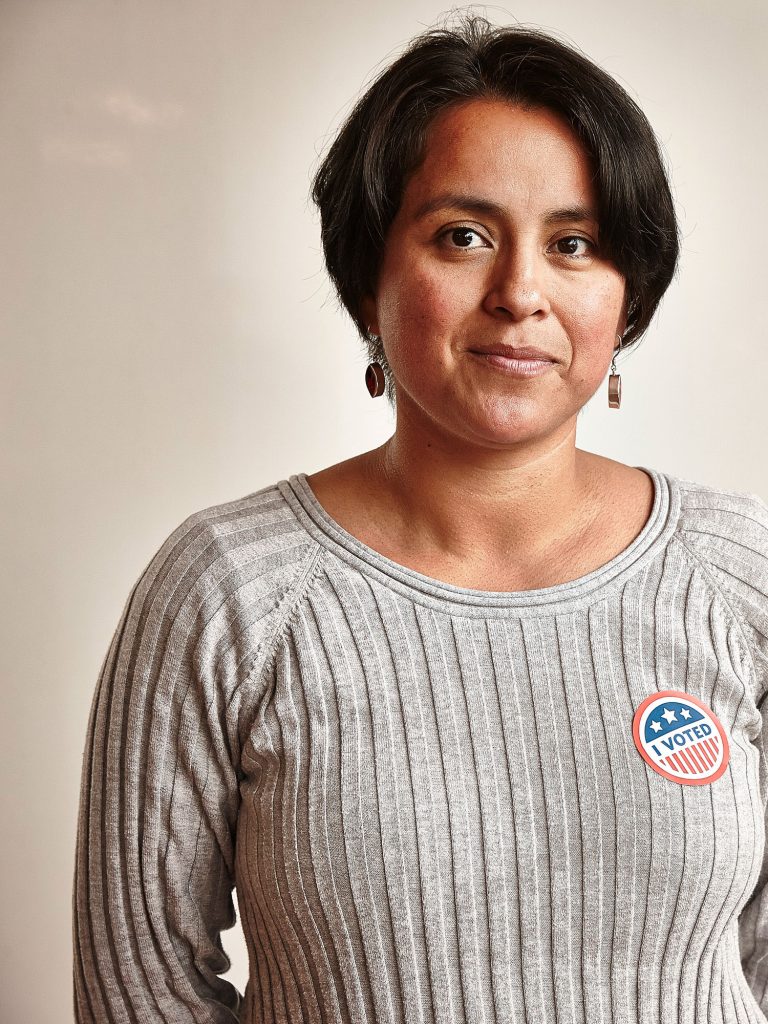
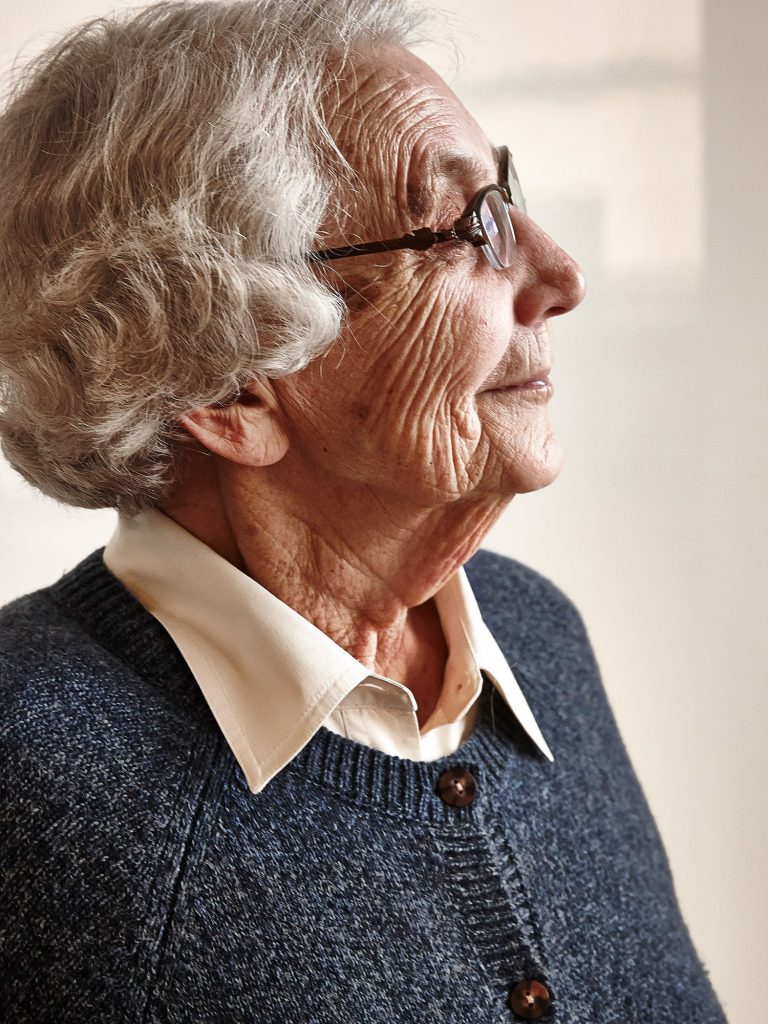
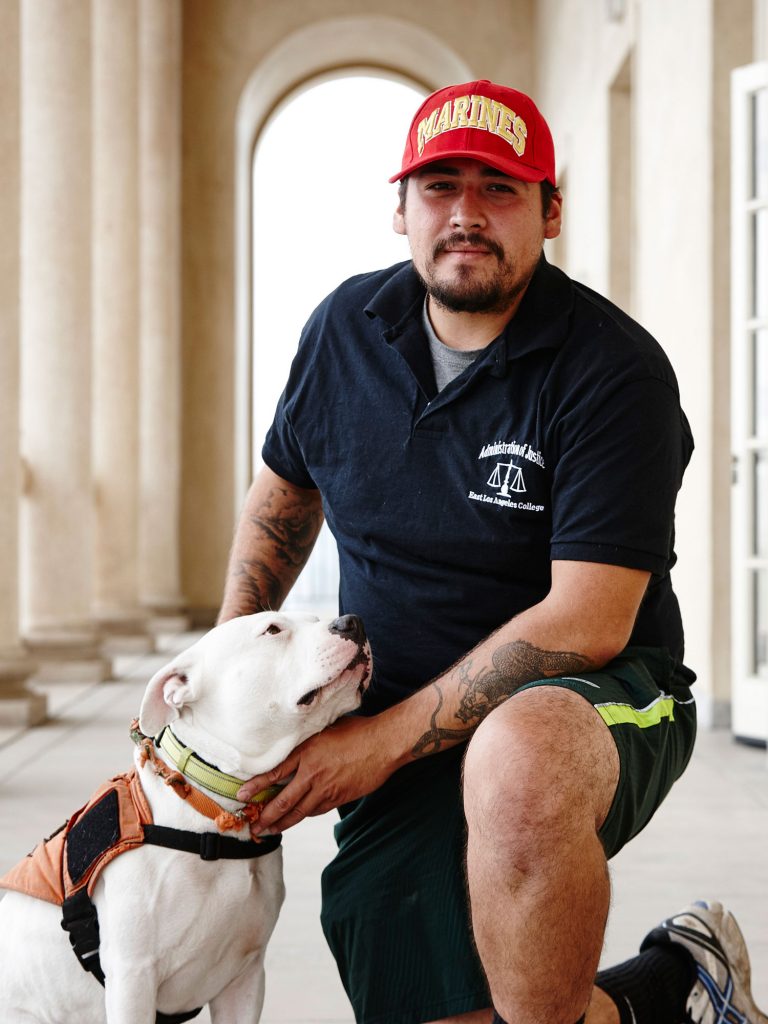
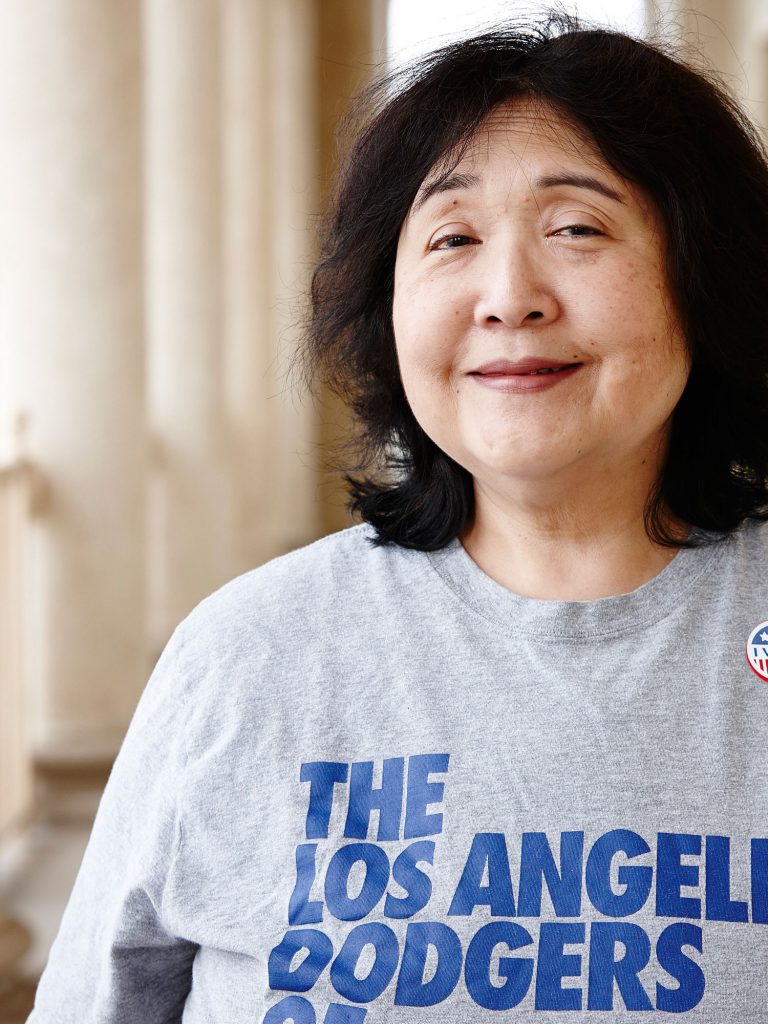
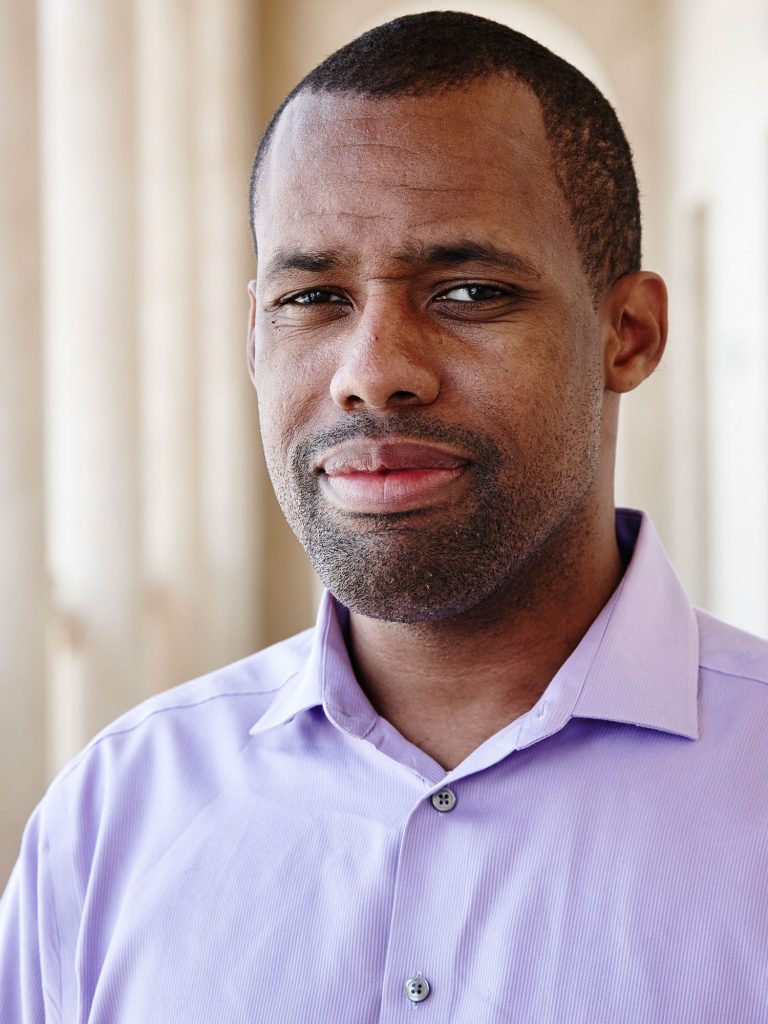
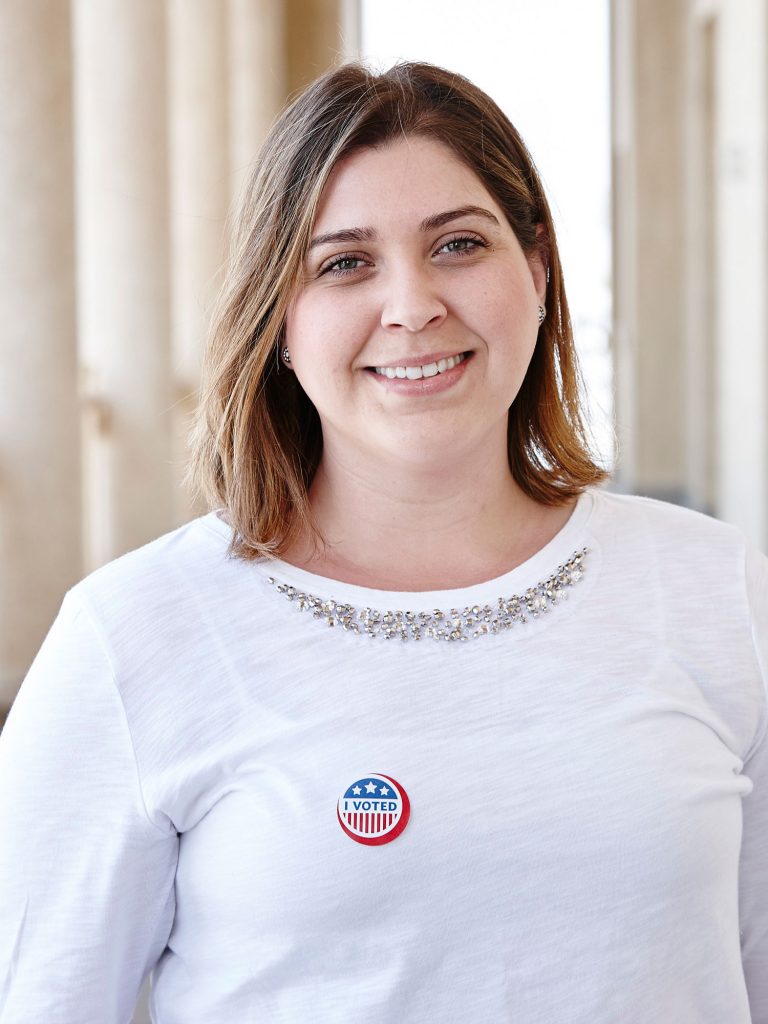
Focus Groups, Surveys, and Community Discussions
By partnering with the Voting Technology Project (VTP) and attaining the financial support of the James Irvine Foundation, input was collected through a countywide voter survey, voter focus groups, a pollworker survey, local election official focus groups, and internal discussion groups.
Open Design Search
The Open Design Search was launched to envision what a voting system may look like. This search engaged a broad range of experts, designers, and the general public. The Open Design Search was composed of two elements: 1) an online Open Innovation Challenge and 2) Brainstorming Workshops.
The Open Innovation Challenge took place in partnership with the Information Technology and Innovation Foundation (ITIF) Accessible Voting Technology Initiative. It was funded by a competitive grant from the U.S. Elections Assistance Commission.
Brainstorming workshops were also conducted in partnership with ITIF and the Election Verification Network.
PHASE 3 DESIGN RESEARCH
- Ballot Marking Device Prototype Iteration 1click to learn more
- Ballot Marking Device Prototype Iteration 2click to learn more
- Ballot Marking Device Prototype Iteration 3click to learn more
- Ballot Marking Device Prototype Iteration 4click to learn more
- Ballot Marking Device Appearance Modelclick to learn more
- Vote By Mailclick to learn more
VOTER INTERVIEW VIDEOS
In partnership with the independent design firm, IDEO, we conducted a series of one-on-one voter interviews. The purpose of the interviews was to learn more about voters’ feelings and perspective on the existing voting environment. The interviews help reveal what motivates voters to participate in the electoral process. We found that three main triggers affect voters’ participation in the process:
Connection
Voters want to feel a part of something bigger than themselves, whether symbolic, or with other people. Isolation or separation from others may discourage them from engaging in the process.
convenience
Voters desire efficiency and ease of use from start to finish. When voters need more time or interaction, they may see the voting experience as inefficient and may deter them altogether.
impact
Voters are results-driven and want to see that their involvement makes a tangible difference. Not seeing the outcome of their vote, either in the moment or over time, dissuades them from participating.
Connection
Voters want to feel a part of something bigger than themselves, whether symbolic, or with other people. Isolation or separation from others may discourage them from engaging in the process.
convenience
Voters desire efficiency and ease of use from start to finish. When voters need more time or interaction, they may see the voting experience as inefficient and may deter them altogether.
impact
Voters are results-driven and want to see that their involvement makes a tangible difference. Not seeing the outcome of their vote, either in the moment or over time, dissuades them from participating.
VOTER INTERVIEW VIDEOS
In partnership with the independent design firm, IDEO, we conducted a series of one-on-one voter interviews. The purpose of the interviews was to learn more about voters’ feelings and perspective on the existing voting environment. The interviews help reveal what motivates voters to participate in the electoral process. We found that three main triggers affect voters’ participation in the process:
Connection
Voters want to feel a part of something bigger than themselves, whether symbolic, or with other people. Isolation or separation from others may discourage them from engaging in the process.
convenience
Voters desire efficiency and ease of use from start to finish. When voters need more time or interaction, they may see the voting experience as inefficient and may deter them altogether.
impact
Voters are results-driven and want to see that their involvement makes a tangible difference. Not seeing the outcome of their vote, either in the moment or over time, dissuades them from participating.



